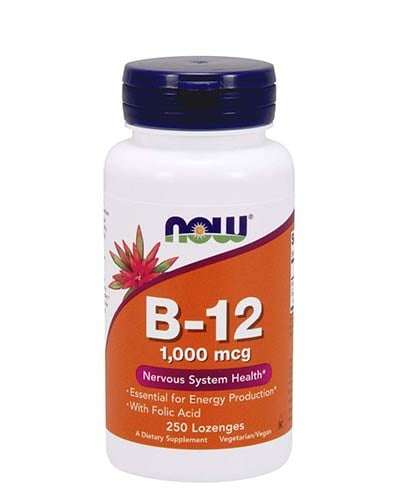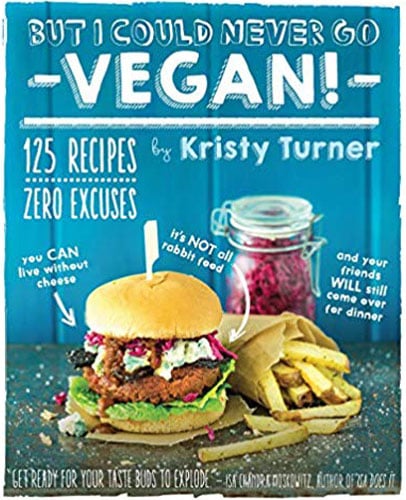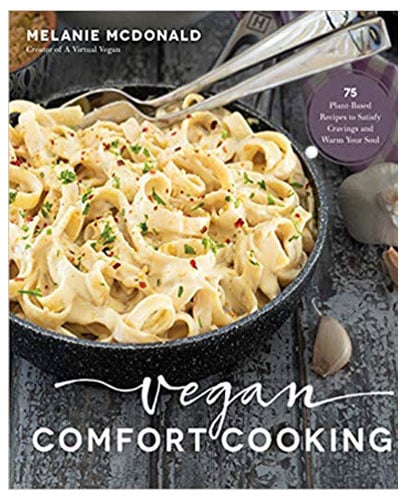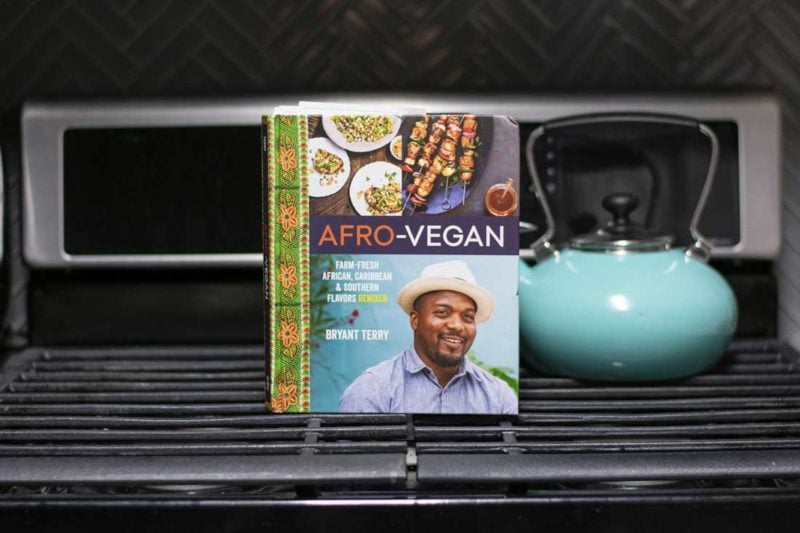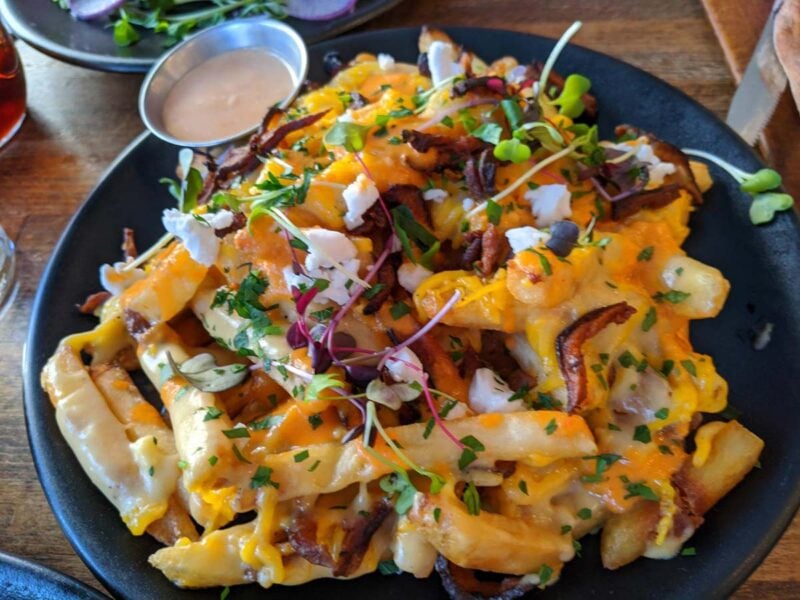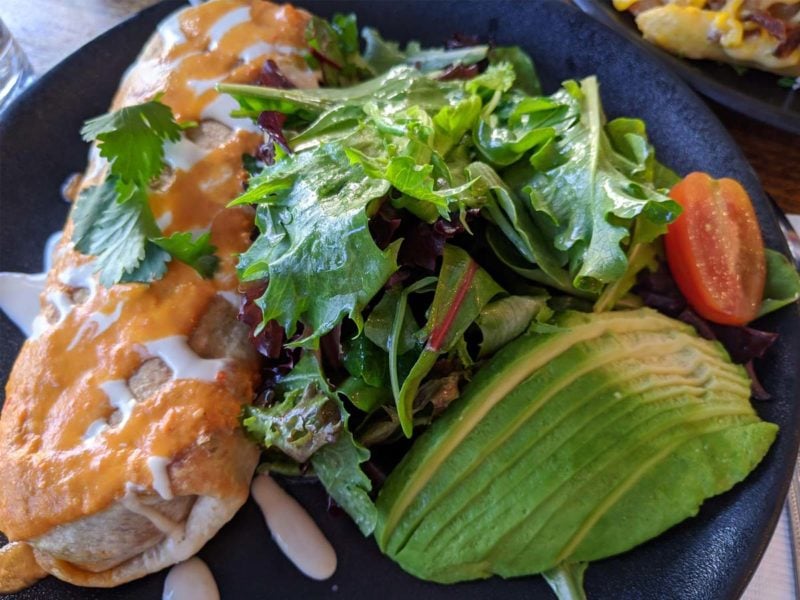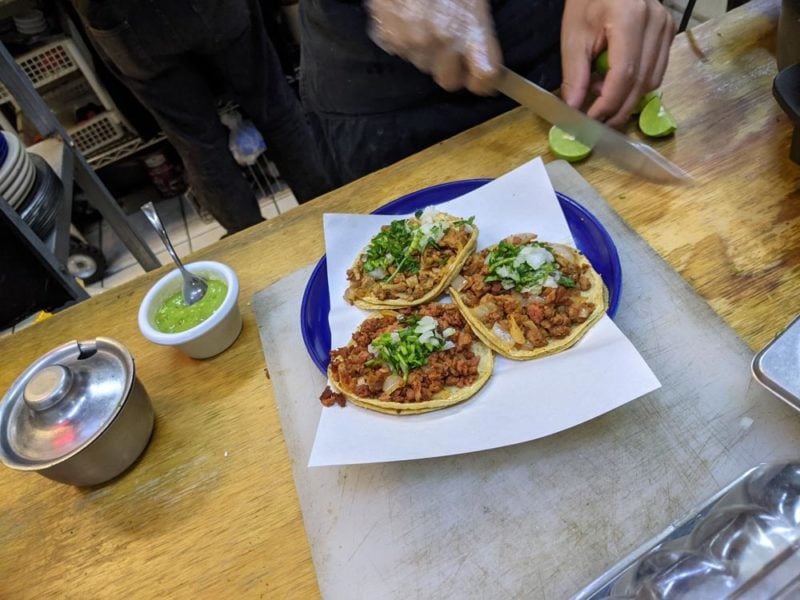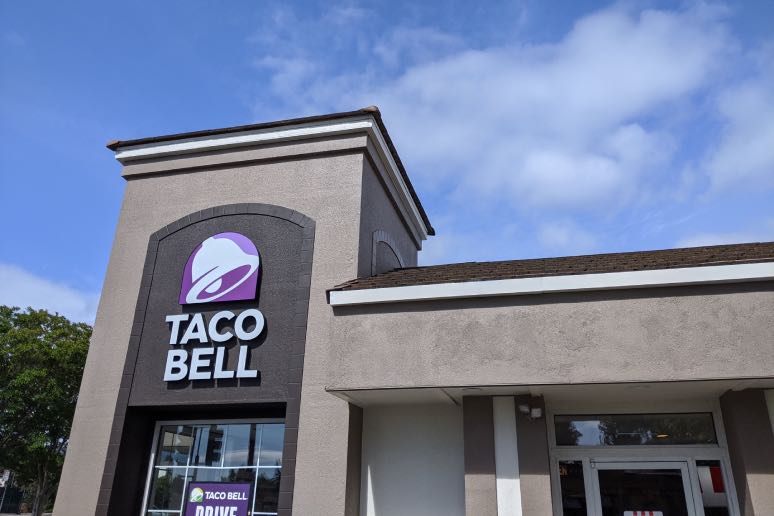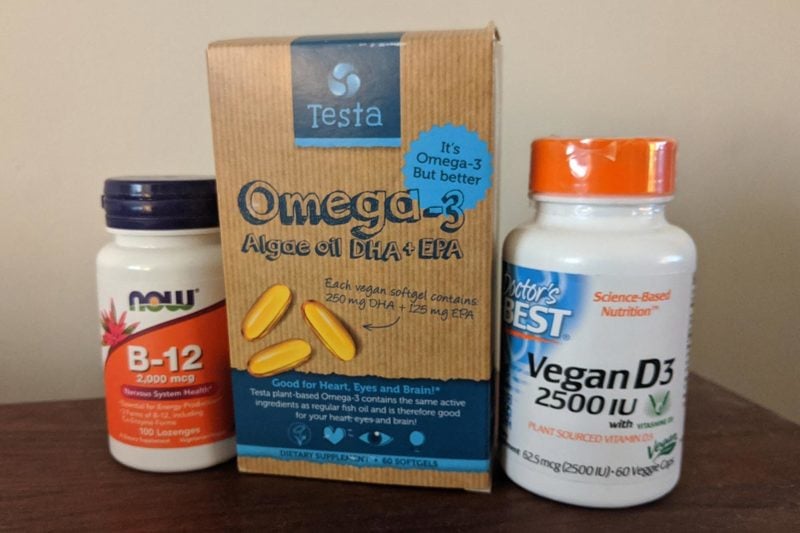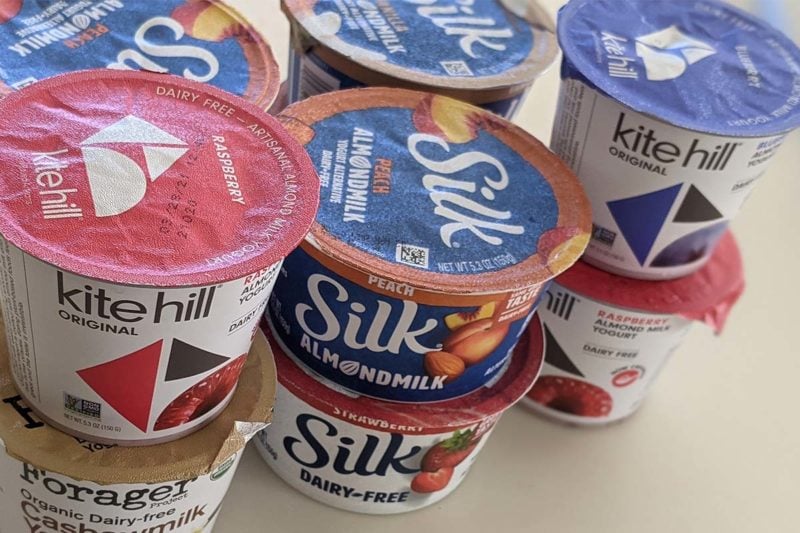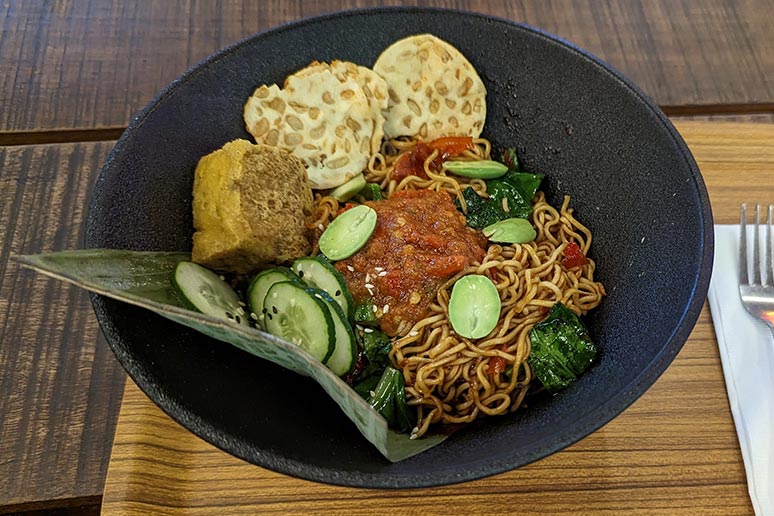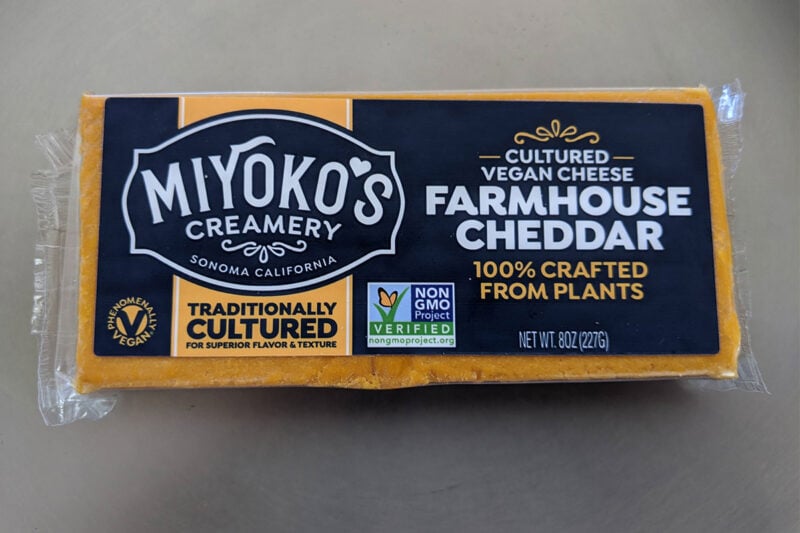Rice is a delicious and versatile food that’s easy to incorporate into your diet, and there are all sorts of outstanding vegan rice dishes. As one of the only foods that’s free of all common allergens, it’s something everyone can enjoy.
Nutrition Facts Concerning Rice
Rice’s calories come primarily from complex carbohydrates, plus some protein. Unfortunately, as with most grains, rice contains little of the amino acid lysine—but that’s easy enough to remedy. If you accompany rice with lysine-rich foods like beans or nut sauces, you’ll get a complete protein.
About the only bad thing you can say about rice is it contains more arsenic than most foods. Since arsenic is mildly carcinogenic, it’s wise to avoid making it your default entree accompaniment. Quinoa offers a terrific alternative to rice, since it lacks arsenic, is more nutritious, and is quicker to prepare. That said, I think rice pairs better with most Asian dishes.
A huge portion of the rice eaten worldwide is white, which is nutritionally far inferior to brown rice. White rice is made by milling away the bran and germ layers of brown rice grains, leaving only the white endosperm. This endosperm is essentially pure starch, and it contains no fiber or vitamins. In most cases the white rice is then enriched with a handful of vitamins, but even after this enrichment it remains a much less healthful choice than brown rice. One problem with white rice is that it can spike blood sugar levels. For this reason, people disposed to diabetes, or who are prone to post-meal fatigue arising from swings in blood sugar, should consider choosing brown rice rather than white.
All that said, white rice does have a couple things going for it. White rice cooks in less than half the time as brown rice and it has a more delicate texture as well. Some vegans have trouble tolerating all the fiber they consume, so for them white rice may improve digestion.

Rice Varieties
There are many varieties of rice. The two most popular types of whole grain rice are “long grain” and “short grain” brown rice. Short rice grains are barely half the length of long grain rice, but are significantly stouter. They provide a chewier and more interesting texture than long grains. There is also a “medium grain” brown rice that almost exactly splits the difference, but this variety is comparatively uncommon.
Despite its name, brown rice is actually a light shade of tan, but there are several other rice varieties that come in rich dark shades of brown, red, black, and even purple. Be sure to try these varieties, as they are generally more flavorful and aromatic than regular brown rice. I especially recommend Lundberg’s red jasmine variety of rice.
Lundberg and other companies also sell medleys containing several different kinds of rice. These are usually delicious, but avoid any such product that includes wild rice as part of the mix. Botanically speaking, wild rice isn’t a rice at all. And since wild rice has a much shorter cooking time than whole grain rice, it will get overcooked when it’s included in a rice mix.
Popular Asian Rices
Rice is ideal as a bed for stews, curries, beans, and vegetable dishes. Many cuisines prominently feature rice, but none more than the foods served in Asian countries.
Two popular rices of Asia and India are extraordinarily fragrant. Asian foods are commonly served over white jasmine rice, a very long grained variety with an exceedingly delicate texture that smells, as its name suggests, like jasmine flowers. Basmati rice, a popular (but pricey) rice on the Indian subcontinent, is even more fragrant. It’s often cooked with cardamom pods, a spice favored by royalty for centuries, and the resultant flavor is sublime.
So don’t miss out on the opportunity to try as many different varieties of rice as you can find. Then make your favorites a regular part of your diet.
Rice Preparation Methods
Rice is incredibly easy to prepare. Start by pouring it into a mixing bowl and combing your fingers through the grains to check for contaminants. Then give your rice a quick rinse and put it in a sauce pan containing two parts water to one part rice. Crank the flame to high and as soon as the water boils give the rice a quick stir and reduce the burner to its lowest setting. Then cover the pan and simmer for 30 or 40 minutes (or around 15 minutes for white rice). Done right, you’ll have perfectly cooked rice.
You can get terrific results cooking rice on the stove-top. About the only way to screw things up is to remove the lid to check the rice before it’s done. Your rice suffers every time your pot loses its head of steam during cooking. For this reason it’s best to use either a timer or a sauce pan with a glass lid.

Rice Cookers
Many households cook rice nearly every day. If rice is a mainstay of your diet (arsenic risks be damned), a rice cooker is one of the best purchases you’ll ever make. Rice cookers fall into two categories: cheap general-purpose steamers, and sophisticated fuzzy logic cookers. The latter calibrates the cooking process to ensure perfection every time. High-end rice cookers can also keep your rice warm for hours without overcooking the grains.
About the only drawback to brown rice is that its 30 to 40 minutes of cooking time can be out of the question when the rest of your meal is ready right now. For those occasions, consider frozen microwavable brown rice. Frozen microwavable rice lets you prepare perfectly-cooked rice in under five minutes and nobody will suspect it came from a microwave. Both Trader Joe’s and Whole Foods Market carry this product. Since the cost is low and each bag can serve two people, this is an incredible value for what may be the ultimate healthy convenience food.
Even better, you can make a large batch of rice of your own, and freeze portions in airtight plastic containers.
Vegan Rice Dishes You’re Certain to Love
There’s no end to the variety of vegan rice dishes you can enjoy.
A serving of rice is all it takes to turn a humble can of spiced beans into a full-fledged meal. If you serve microwavable rice with a can of vegan chili or a pack of Tasty Bite’s chana masala, you’ve got yourself an inexpensive yet satisfying meal that will be ready in under ten minutes.
Rice reheats wonderfully, and some added veggies and spices can make leftovers better than the original meal. Chinese-style “fried rice” lets you turn last night’s rice into something new. Just finely chop some vegetables, and perhaps some minced garlic ginger, and maybe add some peas too, then stir-fry them for a minute or two in a bit of oil. Once you’ve mostly cooked the veggies, add the rice and stir-fry it along with the veggies for another couple of minutes. Then add whichever spices and sauces are to your liking.


